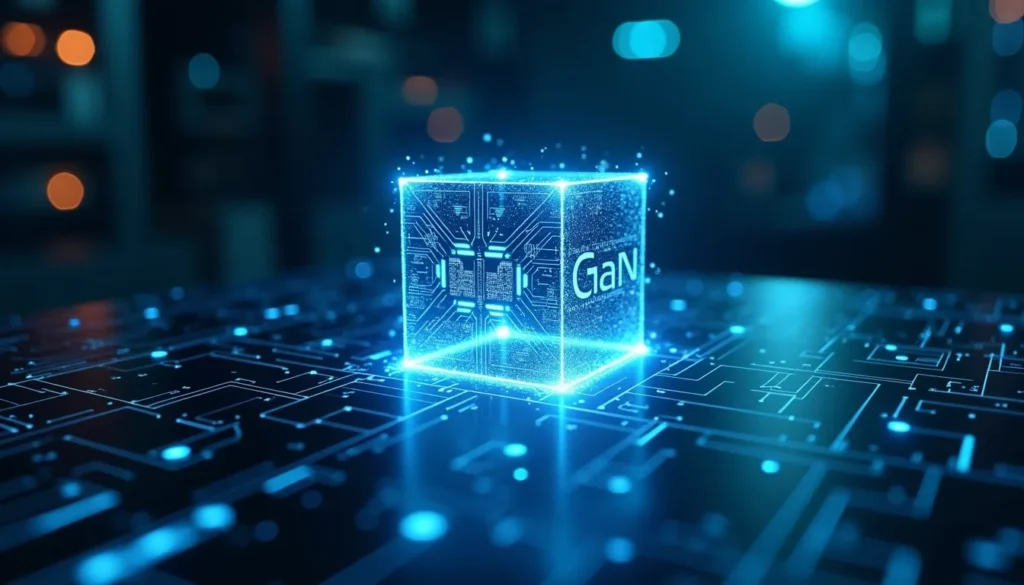OpenAI Stargate: Redefining the Future of AI Data Centers
OpenAI’s rise within the artificial intelligence field has long been marked by game-changing innovations and a bold, boundary-pushing mindset. In 2025, this reputation crystallized with the debut of OpenAI Stargate, a monumental initiative redefining how societies and industries worldwide view AI infrastructure. Stargate is not just a technical venture; it’s an ambitious answer to the question: How can humanity sustain the relentless demands of cutting-edge AI progress? Leveraging vast investments in AI data centers, OpenAI Stargate seeks to ensure that the exponential growth in AI research is fueled by hardware and architectural advances specifically designed for modern artificial intelligence applications.
Today’s competitive AI landscape has revealed a stark truth: software is only as strong as the backbone it runs on. Algorithms in natural language processing, computer vision, and autonomous reasoning have evolved rapidly, but their hunger for data and parallel computation has consistently stretched legacy infrastructure to its limits. OpenAI Stargate responds directly to this gap, prioritizing investments in scalable, flexible, and sustainable AI data centers rather than simply scaling up traditional server farms. Stargate facilities are fundamentally reimagined with a focus on maximizing parallel GPU deployment, minimizing bottlenecks, and deploying state-of-the-art cooling and energy management techniques.
This article delves into the OpenAI Stargate journey, providing readers an in-depth, comprehensible narrative of both technical and societal stakes. Each subsequent section unpacks a key piece of the Stargate puzzle—its design philosophy, how AI data centers power its ambitions, strategic alliances like the partnership with Microsoft, the implications of global AI competition, the expected human and social impact, and the environmental challenges faced by this scale of infrastructure. The analysis is crafted to provide actionable insight for tech professionals, futurists, and engaged citizens alike, all while ensuring that the human element isn’t lost amid the technology.
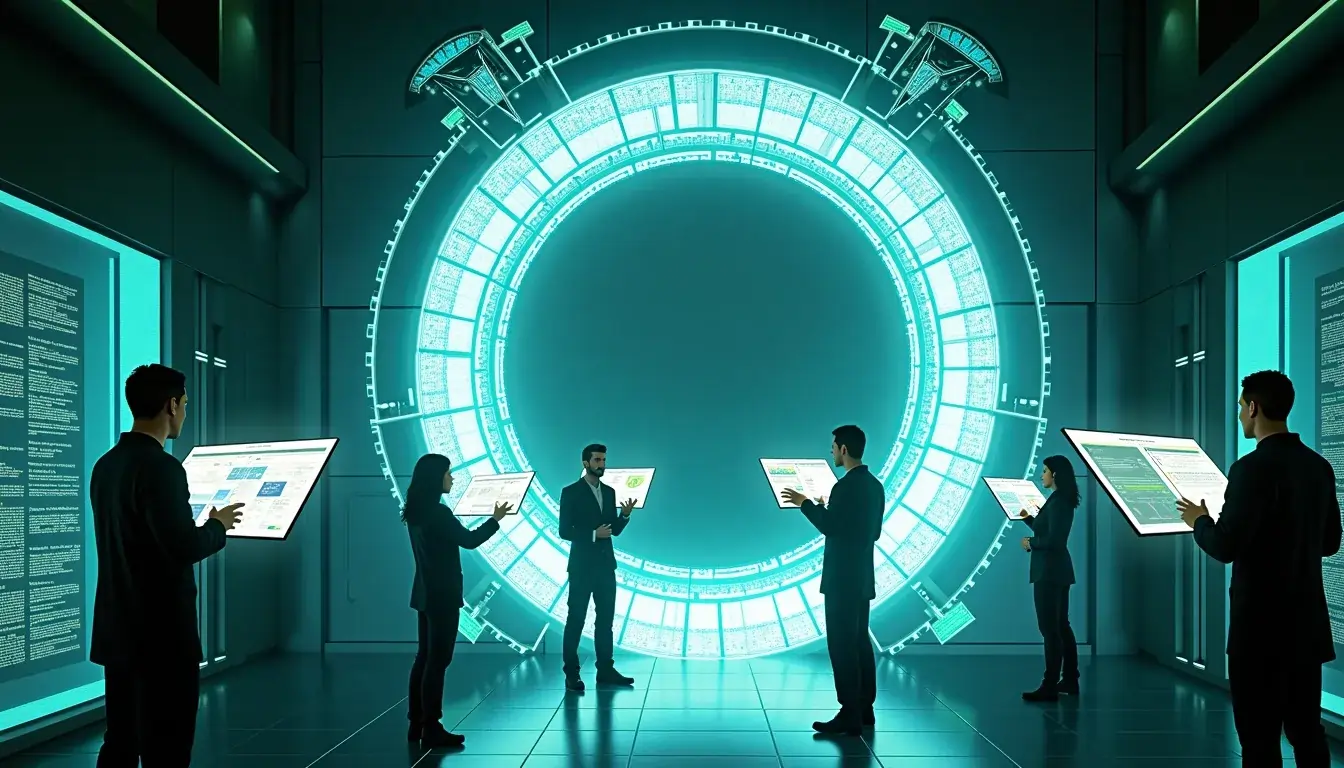
What is OpenAI Stargate?
At its core, OpenAI Stargate is a radical rethinking of what it means to build and scale artificial intelligence. Envisioned and realized in collaboration with Microsoft, the project pushes beyond incremental improvements toward a unified ecosystem focused squarely on AI-centric design and deployment. Stargate aspires to become the world’s preeminent AI supercomputing network, blending large-scale investment, deeply specialized architecture, and the capacity to host not just today’s, but tomorrow’s, most advanced models. The driving belief behind OpenAI Stargate is simple: true advancement in artificial intelligence cannot be achieved with yesterday’s infrastructure, so specialized, ever-expandable AI data centers must become the new normal for organizations intent on shaping the future.
Unlike multi-purpose clouds or generic server clusters, OpenAI Stargate’s physical and virtual environments are optimized with AI in mind from inception. Every detail—networking, memory, storage, and even task allocation—is tuned to maximize efficiency for deep learning workloads, training massive language models, and handling continuous streams of data. By integrating bleeding-edge GPUs and AI accelerators into an environment of high-speed interconnects, and coupling this with custom cooling and redundancy systems, Stargate seeks to remove every traditional bottleneck to performance. In doing so, it provides OpenAI with a platform not only for deploying powerful tools, but also for orchestrating safe experiments in artificial general intelligence—a critical consideration as accountability and control become ever more urgent in the AI conversation.
Beyond engineering, OpenAI Stargate’s greater achievement may be its symbolism. Naming the project after a cosmic portal aligns perfectly with the company’s mission to expand the boundaries of knowledge and accessibility. Stargate signals that AI is entering an era where innovation is bounded only by our collective imagination and the ethical frameworks we set. By emphasizing openness, safety, and societal benefit alongside power and efficiency, OpenAI sets a precedent for how global-scale technology initiatives should be governed. Stargate isn’t just hardware; it’s a statement about responsibility, transparency, and the potential for AI to reach every facet of society—if handled wisely and equitably.
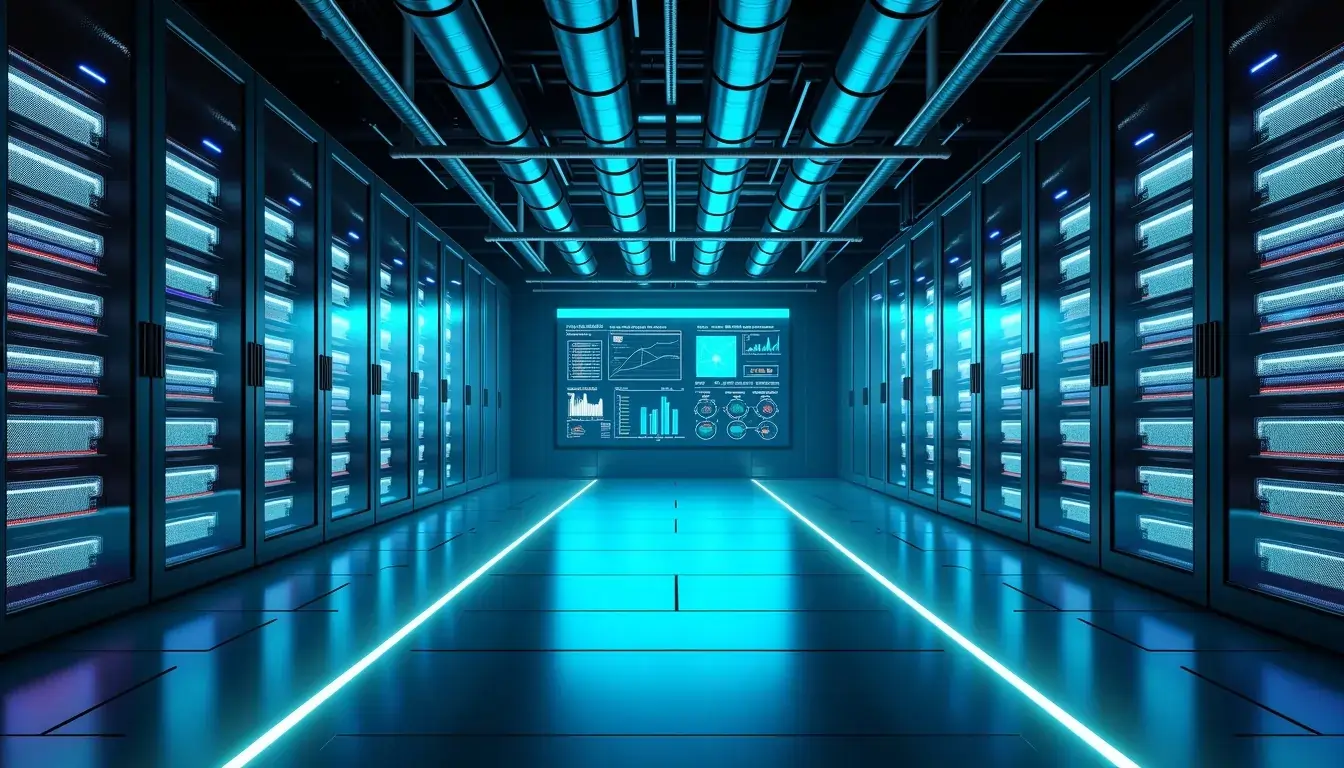
Why AI Data Centers Are the Backbone of Stargate
The backbone of OpenAI Stargate lies within its network of purpose-built AI data centers, which redefine the standard for digital infrastructure. These sites are not just scaled-up versions of existing facilities; they introduce a wholesale shift in how hardware, energy, and information flows are managed for AI-specific workloads. Previously, data centers were built for general computing tasks—web hosting, databases, basic analytics. In contrast, Stargate’s next-generation centers are engineered for ultra-high-density, parallel computing using AI-optimized GPUs and networking stacks. This allows for the training, tuning, and deployment of models at scale—for everything from language understanding to robotics and vision—without performance drag or power inefficiencies.
To meet the needs of modern AI, OpenAI Stargate facilities incorporate advanced liquid cooling and energy recycling techniques. This not only manages the intense heat output from rack after rack of high-end accelerators, but also audits energy consumption at every node. The architectural layout ensures that vast datasets can be ingested, preprocessed, partitioned, and moved across GPU clusters in real time, supporting multi-petabyte operations per second. Redundancy and failover are integrated at every level, reducing the risk of downtime for critical research or deployment pipelines. Such systems can dynamically reallocate hardware resources based on real-time feedback from internal AI-driven management layers, ensuring maximum throughput even as workloads spike dramatically or hardware failures occur.
A crucial differentiator is how these AI data centers orchestrate data logistics. It’s not merely a matter of having sufficient storage; it’s the ability to rapidly mobilize thousands of terabytes to meet training cycles, run statistically robust tests across model variations, and seamlessly update live deployments—all while ensuring privacy, compliance, and model integrity. With predictive analytics and continuous monitoring handled by AI agents themselves, OpenAI Stargate’s backbone goes beyond machine learning to a form of meta-learning about its own operations. This smart, adaptive infrastructure doesn’t just enable OpenAI to pursue ambitious breakthroughs; it sets the standard all future large-scale AI deployments will be measured by.

Microsoft’s Role in OpenAI Stargate Development
Microsoft’s influence on OpenAI Stargate extends far beyond financial partnership. As one of the world’s leaders in hyperscale cloud infrastructure, Microsoft brings technical mastery, supply chain reach, and operational reliability to Stargate—enabling the leap from speculative concept to operational reality. Their Azure platform is a vital foundation: it provides not only compute and storage at planetary scale, but also the resilient, multi-region architecture essential for supporting cutting-edge AI research and robust commercial deployments. This partnership empowers OpenAI to focus on what it does best—advance AI research—while trusting Microsoft’s infrastructure expertise to deliver real-world dependability.
The financial scale of Stargate, involving investments totaling billions, would be prohibitive for most companies. Microsoft’s backing ensures steady access to next-gen GPUs, AI accelerators, secure networking, and energy contracts at rates and volumes others cannot match. Their logistics expertise—spanning everything from chip sourcing to custom server builds—enables Stargate to avoid the supply chain bottlenecks that might cripple a less resourceful endeavor. Azure’s global presence means OpenAI’s computing infrastructure spans multiple geographies, strengthening disaster resilience and accelerating edge AI deployment. Under this arrangement, Microsoft not only cements its own reputation as an innovation leader, but fosters a platform that brings together a constantly expanding network of AI startups, enterprise partners, and research institutions.
Strategically, Microsoft’s role in OpenAI Stargate has broad implications for the tech world. By tightly integrating Stargate with Azure, they create a gravitational pull—developers and organizations seeking the world’s best AI infrastructure will increasingly choose Microsoft’s platform. This raises the stakes in the ongoing competition against Amazon, Google, and other cloud giants, who each pursue their own vision of AI data center superiority. Microsoft’s partnership is also a signal to regulators, policymakers, and the public: Stargate is not a rogue experiment, but a rigorously engineered, ethically overseen collaboration between two of technology’s most progressive enterprises. In the end, the Microsoft-OpenAI alliance isn’t just powering Stargate; it’s setting the pace for responsible, impactful, and scalable artificial intelligence worldwide.
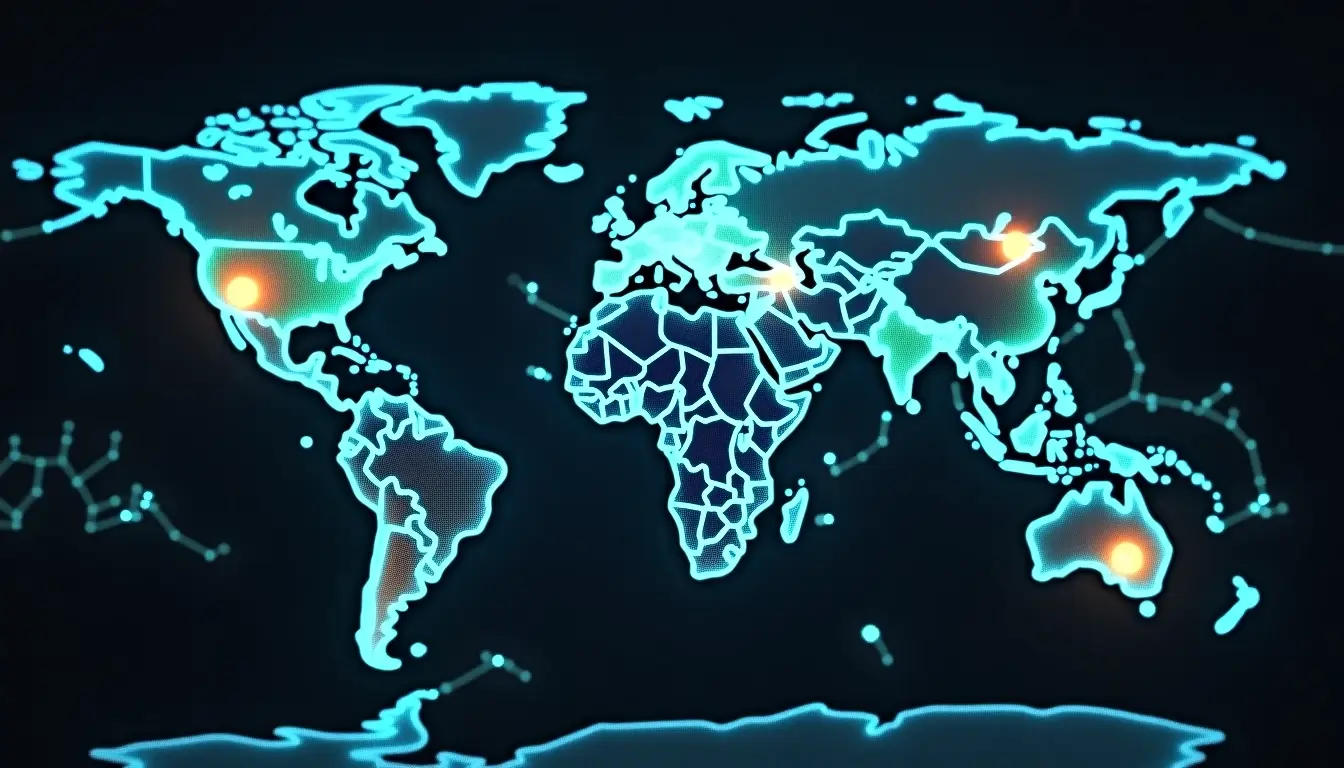
The Global Competition in AI Infrastructure
The rise of OpenAI Stargate must be understood against a backdrop of intensifying global competition in AI infrastructure. In the last decade, the strategic importance of compute power has led to an arms race among technology giants and nations. The compute-first mentality used to be an internal engineering concern; now, it’s a matter of economic risk, security, and even national pride. Amazon, Google, and Meta have all ramped up investment in specially designed AI data centers, introducing custom chips and global-scale networks aimed at dominating large language model training, computer vision, and generative AI. In this context, Stargate becomes not just another milestone, but a symbol of future-readiness and cross-disciplinary ambition.
Amazon Web Services pushes innovation via custom silicon, specialized chips like Trainium, and entire data center builds that optimize for cost and energy while maximizing parallelism. Google’s TensorFlow ecosystem is matched with the proprietary TPU and sprawling, globally distributed data center strategy, giving them unique leverage in AI model development. Meta’s “AI Research SuperCluster” exemplifies how even social media companies are now among the most formidable AI players—as data center optimization directly links to advances in chatbots, recommendation engines, and the metaverse. Beyond industry, governments—from the US to China—rigorously support research, incentive programs, and hardware production to ensure that future generations aren’t left dependent on rival nations for essential AI capabilities.
With OpenAI Stargate and Microsoft send a clear signal that the next stage of competition won’t be solely about size, but about the agility, energy efficiency, and practical accessibility of AI data centers globally. This competition shapes regulatory debates: who gets access to compute, what security standards are enforced, and how infrastructure choices cascade into economic and cultural influence. Stargate thus isn’t a solitary marvel, but a test case for responsible scaling, sustainable design, and international best practices in advanced computing. Globally, the initiative is already drawing attention as both a blueprint and a gauntlet thrown in the race for AI leadership.

The Human and Societal Impact of Stargate
OpenAI Stargate is poised to leave a mark well beyond server rooms and technical conferences; it promises tangible changes to everyday human experience and the global economy. By facilitating AI model training with accelerated data flows, Stargate fuels rapid progress in life-saving healthcare analytics, personalized education systems, climate modeling, and smart infrastructure. Researchers gain tools powerful enough to unearth new drugs, forecast extreme weather, and crack previously intractable science problems. Businesses—from start-ups to Fortune 500s—stand to harness AI-driven automation, unlocking new productivity and inspiring the next wave of entrepreneurial activity.
However, the scale and speed of change enabled by Stargate bring profound ethical and policy questions. As AI models outperform their human counterparts in reasoning, language, and visual analysis, how do we ensure that these systems reflect shared values and provide equitable outcomes? The risk of job displacement is real, as is the danger of amplifying societal biases embedded within vast historical data. OpenAI recognizes the problem: Stargate’s infrastructure is paired with constant oversight—ethical review boards, open research collaborations, and transparent policy-making—to ensure AI is advanced safely and inclusively. Keeping the pace of public understanding, governance, and industry adoption in sync with technology will be a defining challenge for organizations and governments worldwide.
In the broader sense, Stargate acts as a catalyst for new social discourse about progress and responsibility. AI could democratize expert-level analysis and reduce global knowledge divides—but only if accessibility, fairness, and digital agency are at the center of deployment. Communities, educators, and regulators will play crucial roles in setting rules and expectations. OpenAI’s decision to frame Stargate not just as infrastructure, but as a public good and ethical experiment, points toward a future where humanity determines—not merely reacts to—the rules governing artificial intelligence’s expansion. The legacy of OpenAI Stargate, then, will be written in both technical specifications and the stories of how it shaped human empowerment and societal progress.
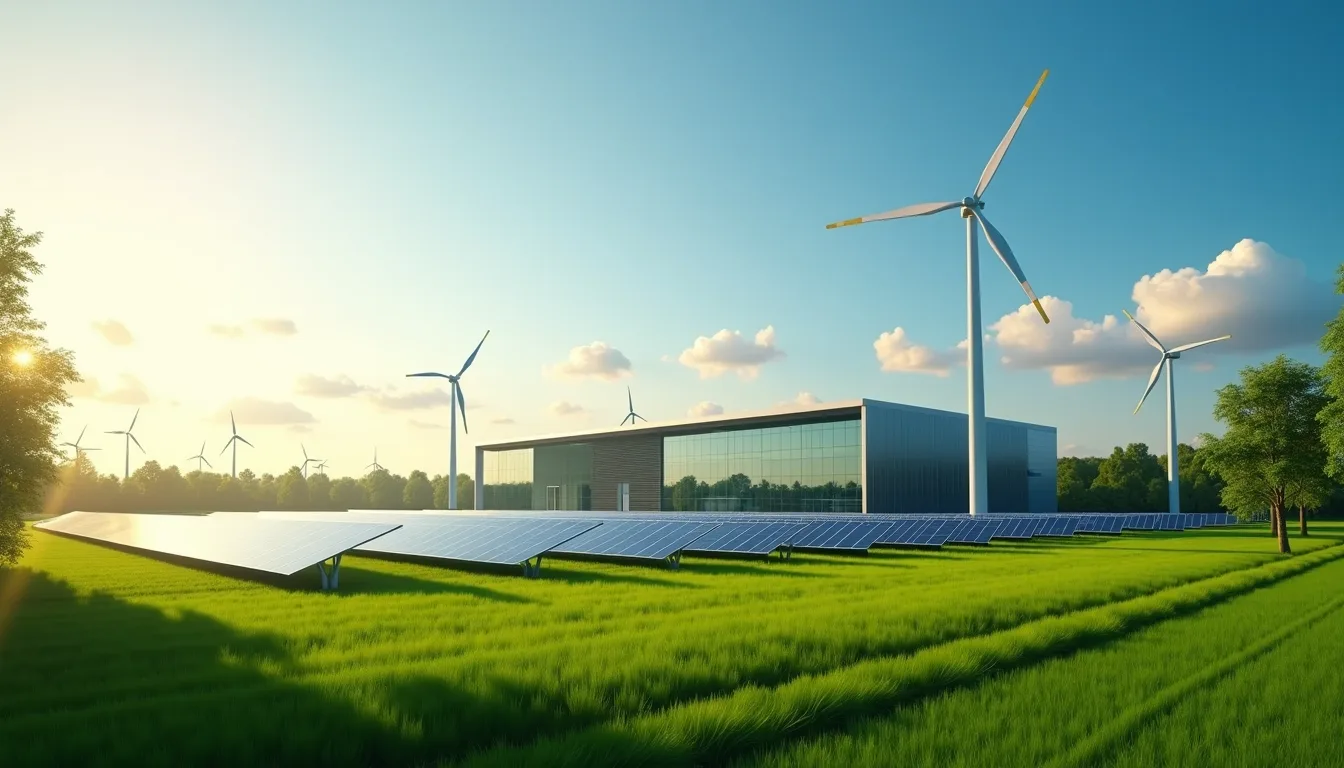
Sustainability Challenges of AI Data Centers
The environmental impact of AI data centers is an issue of critical importance for OpenAI Stargate and similar megaprojects. Power-hungry GPUs, vast amounts of heat, and the sheer volume of materials required for continual hardware refreshes all result in an environmental footprint that, if unchecked, could undermine the gains made through AI innovation. Traditional data centers have long struggled with these challenges, but OpenAI Stargate is unique in treating sustainability not as an add-on but as a design imperative. From the outset, eco-efficiency is baked into every architectural decision: renewable energy sourcing, water-saving cooling, and investments in closed-loop recycling.
OpenAI and Microsoft are leveraging renewables, not just to power operations but to offset the grid’s carbon load. Stargate piloted large-scale solar arrays, wind farms, and even purchased hydroelectric power as part of its commitment to net-zero operations. Advanced direct-to-chip cooling and airless immersion techniques minimize the massive water waste and greenhouse emissions that typically accompany high-density compute. The hardware life cycle is also managed responsibly: end-of-life GPUs, CPUs, and rare components are moved through “circular compute” recycling programs designed to reclaim precious metals, responsibly dispose of hazardous waste, and minimize landfill. All these initiatives signal a shift from reactive, after-the-fact fixes to a holistic, proactive sustainability strategy.
Nevertheless, as AI continues to scale and public awareness grows, so too does pressure for more rigorous environmental standards and continuous improvement. Transparency in energy consumption, third-party audits, and community engagement form part of Stargate’s public accountability approach. If success is measured not only by teraflops and uptime, but by carbon reduction and community benefit, Stargate could become the template for a new generation of green technology. In facing these environmental challenges head-on—and doing so publicly—OpenAI Stargate is helping to reset expectations for how powerful technology should respect and preserve the planet for future generations.

Final Thoughts: Stargate’s Legacy and Future
OpenAI Stargate encapsulates both the excitement and the responsibility of being first-movers in the age of intelligent machines. The audacity of its scale, the seriousness of its investment, and the transparency of its cross-organizational partnership with Microsoft make it a landmark in digital progress. For innovators, Stargate signals the lifting of restrictions—creative, technical, and operational—unleashing possibilities that were once safely confined to science fiction. More importantly, Stargate embodies the necessity of aligning technical success with ethical forethought and broad societal dialogue.
The true legacy of OpenAI Stargate will not come from hardware benchmarks or software breakthroughs alone, but from the ecosystem it builds for inclusive human flourishing. If OpenAI succeeds in marrying innovation with responsibility, its model of AI data centers could usher in a new era of rapid scientific advancement, climate solutions, and democratized learning. But the risks are substantial. Without global standards and evolving ethical guardrails, Stargate-scale compute could just as easily fuel surveillance, deepen inequality, or unleash model capabilities faster than society can keep up. The need for shared decision-making, transparency, and international oversight is now more urgent than ever.
Ultimately, Stargate’s test is ours as well—will we use brute-force compute to close divides, save lives, and lift the human condition, or will we retreat behind proprietary silos and let momentum shape the future unchecked? By investing in public understanding, open research, and globally accountable stewardship, OpenAI Stargate can serve as a beacon for progress, not just for technology, but for an inclusive, sustainable civilization navigating the cosmos of AI possibility.
Follow AI Tech Unboxed for the latest AI breakthroughs, gadget reviews, and future tech insights.
FREQUENTLY ASKED QUESTIONS
Q1. What is OpenAI Stargate?
This initiative is a pioneering partnership between OpenAI and Microsoft to build advanced infrastructure and future-focused data centers for global-scale AI development, training, and deployment.
Q2. What sets it apart from traditional data centers?
Modern GPUs, smart networking, and next-gen cooling combine in these new centers, making them purpose-built for the intensive demands of artificial intelligence.
Q3. Why is Microsoft’s role so important?
Azure’s backbone, deep financial commitment, and global supply expertise allow rapid, reliable infrastructure upgrades for research and deployment.
Q4. How does Stargate address sustainability?
Through renewable energy, water-saving cooling, and hardware recycling, the platform aims to minimize environmental footprint and be a leader among eco-conscious facilities.
Q5. What’s the big-picture impact?
Expect faster discovery in medicine, education, and climate, plus new standards for responsible, transparent, and inclusive AI development worldwide.


